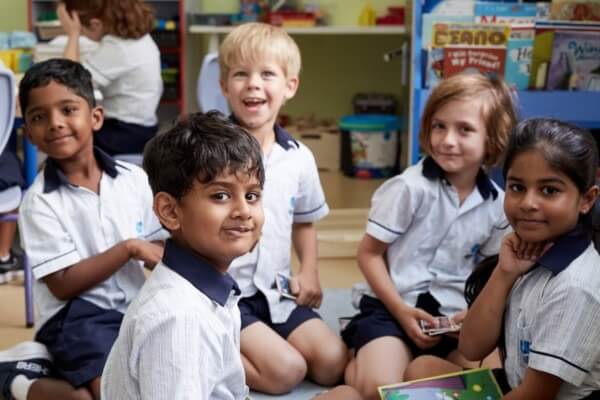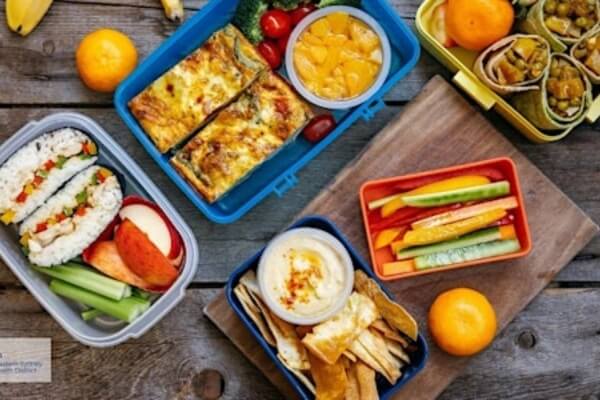Australia is a country shaped by its diverse population, where cultures from around the world create a vibrant tapestry of traditions, stories, and most importantly — food. This year’s Multicultural Health Week embraces that very idea with its theme, “Celebrate culture through food with multicultural family lunch boxes.” At the forefront of this celebration is Adam Liaw, an Australian chef known for his love of multicultural cuisine, whose recipes are inspiring families to blend culture, health, and identity into their everyday meals.
Food, perhaps more than anything else, reflects the unique cultural identity of a community. It tells stories of where we come from, how we live, and what we value. For many migrant families, food is one of the strongest ties to their heritage. The dishes they prepare in their kitchens are not just meals; they’re memories passed down through generations. Whether it’s an Indian chapati, a Japanese bento, or a Middle Eastern mezze platter, these foods are expressions of family histories and traditions.
In a country like Australia, family lunch boxes have the potential to be more than just functional—they can be a daily celebration of the diverse cultures that make up our society. By including recipes that reflect different heritages, parents can give their children a sense of pride in their own culture while also introducing them to new flavours and traditions from around the world.

Unfortunately, for many children, the food they bring to school has often been a source of embarrassment or even bullying. The unfamiliar aromas or “different” appearances of ethnic dishes could attract negative comments from peers, making kids feel unnecessarily ashamed of their cultural heritage. However, as Australia grows in its understanding and appreciation of multiculturalism, events like Multicultural Health Week are changing the narrative. By celebrating and normalising cultural diversity through food, children no longer need to feel embarrassed about their lunches.
Adam Liaw is known for his multicultural approach to cooking, blending the flavours of his Malaysian-Chinese-Australian background with global influences. Imagine packing a lunch box filled with Malaysian nasi lemak, a traditional dish featuring coconut rice, sambal, and eggs, alongside a serving of Indian vegetable samosas. Such a meal not only reflects the cultural diversity of Australia but also promotes health by incorporating a variety of food groups and nutrients.
As children sit down to enjoy their lunch, they not only eat food from their own cultures but also share it with their peers, sparking conversations and fostering understanding. In multicultural schools, sharing food becomes a simple yet effective way to break down barriers and promote inclusion, giving kids the opportunity to learn about each other’s cultural backgrounds in a natural, organic way.
So, this year, as you pack your family’s lunchboxes, consider making them a tribute to the rich cultural mosaic that is Australia. Through the simple act of preparing and sharing food, we can honour our heritage, teach our children about inclusion, and celebrate the multicultural spirit that makes our nation so unique.
READ ALSO: Why celebrate Multicultural Day at schools?






